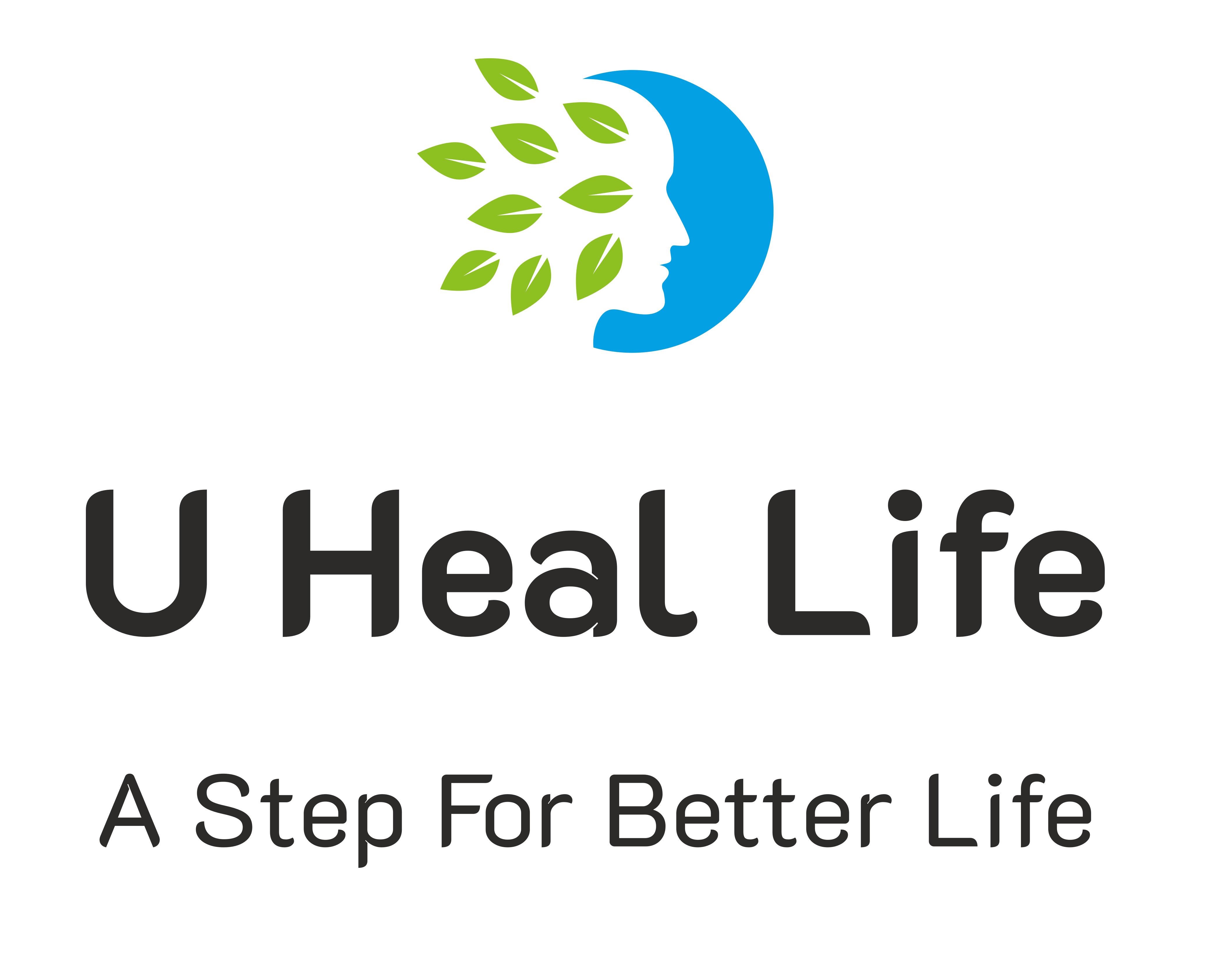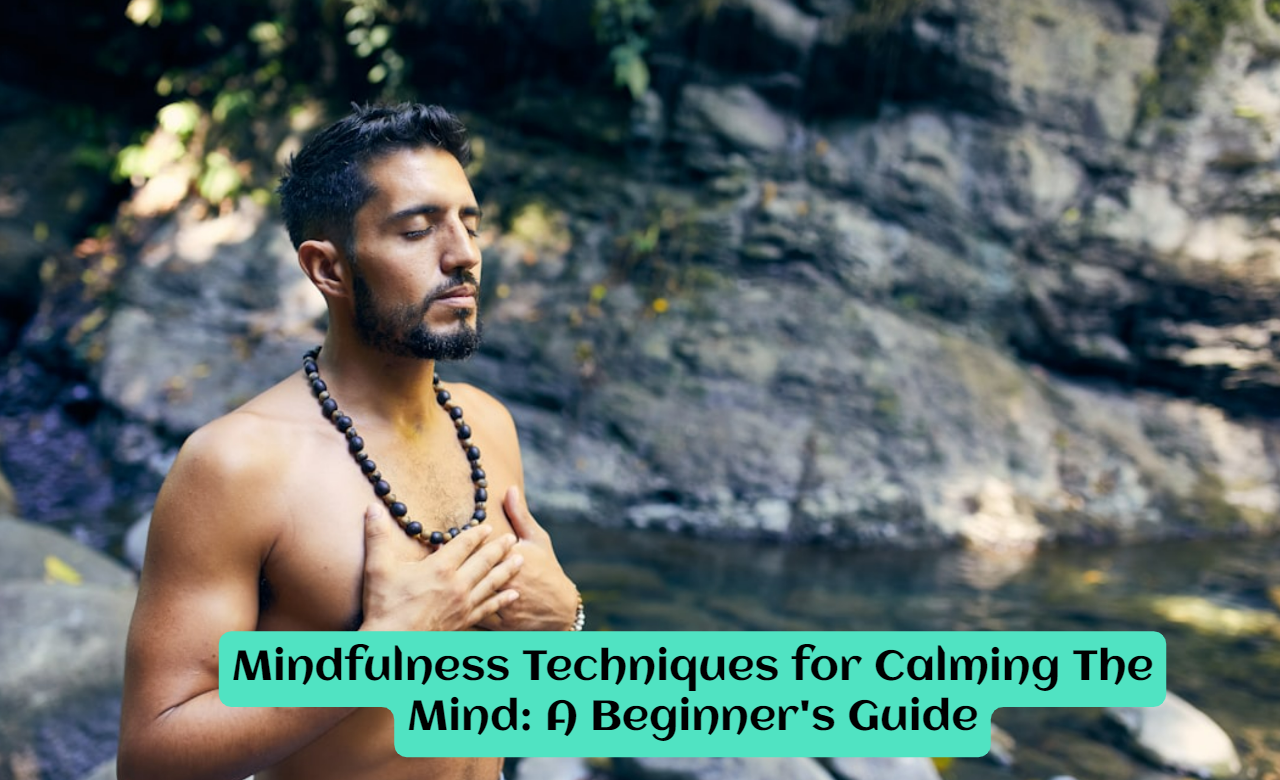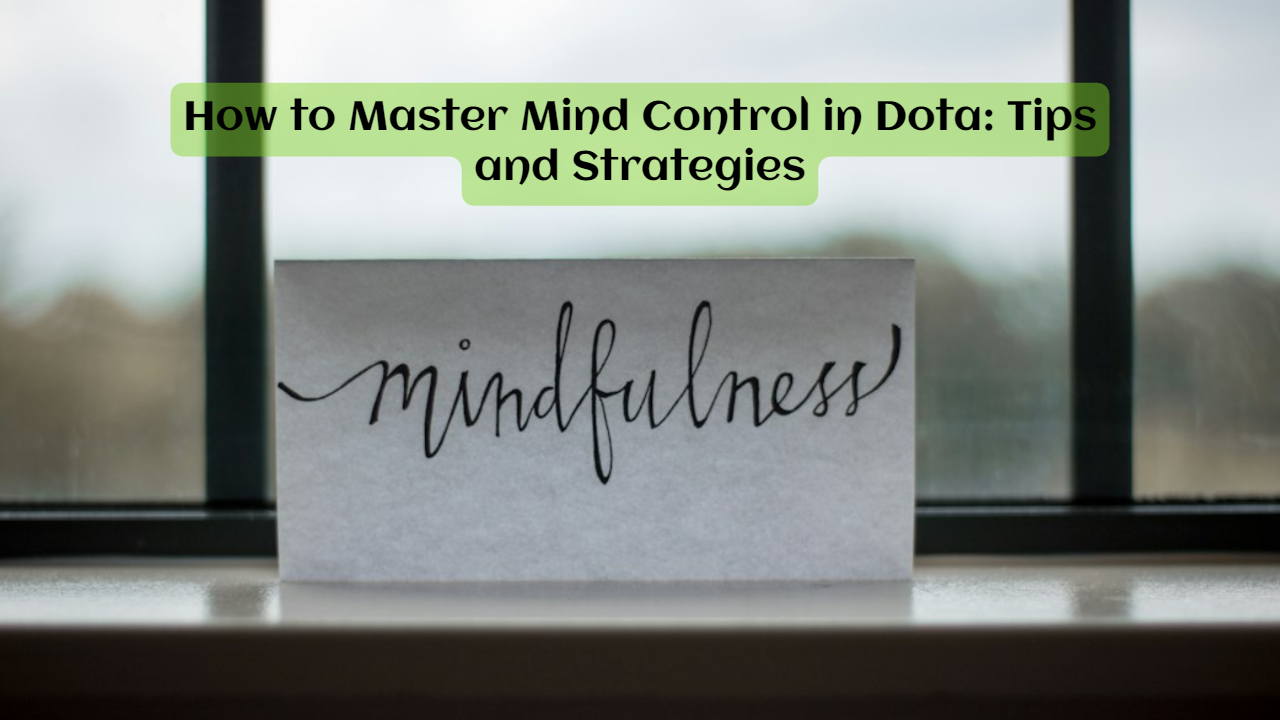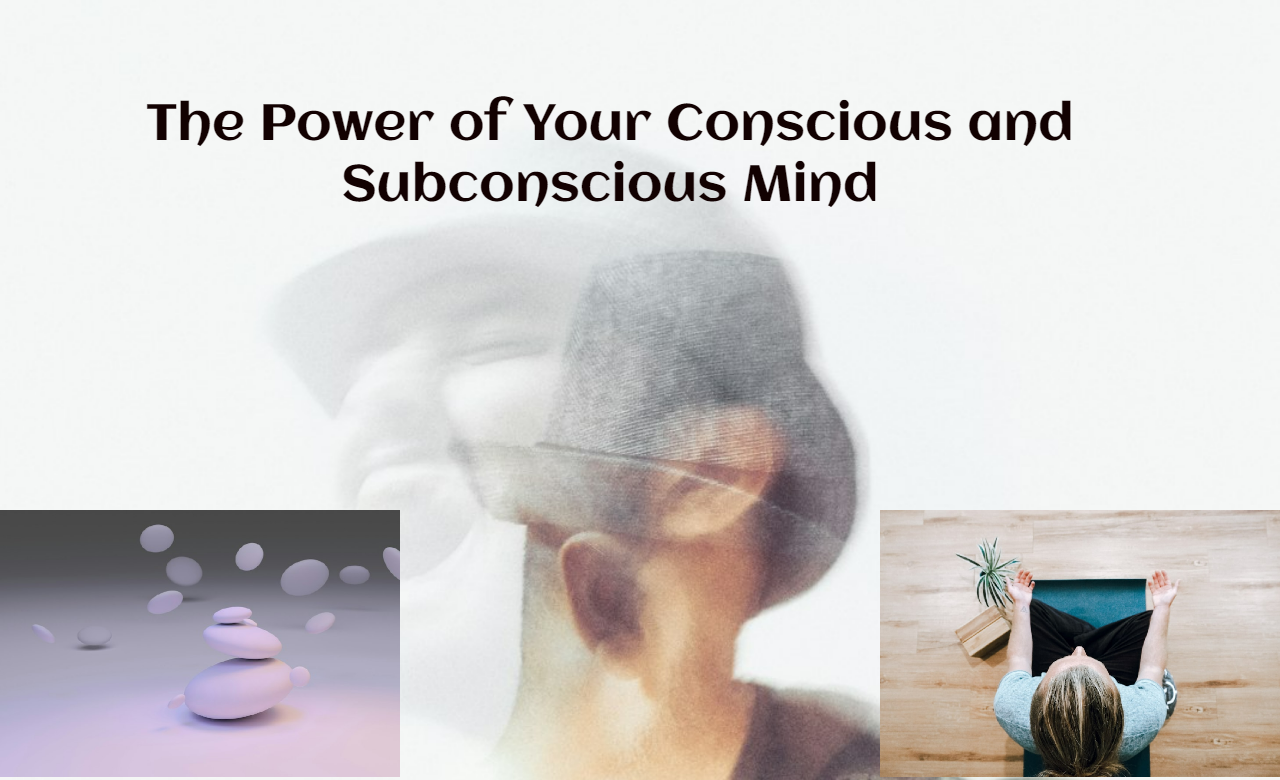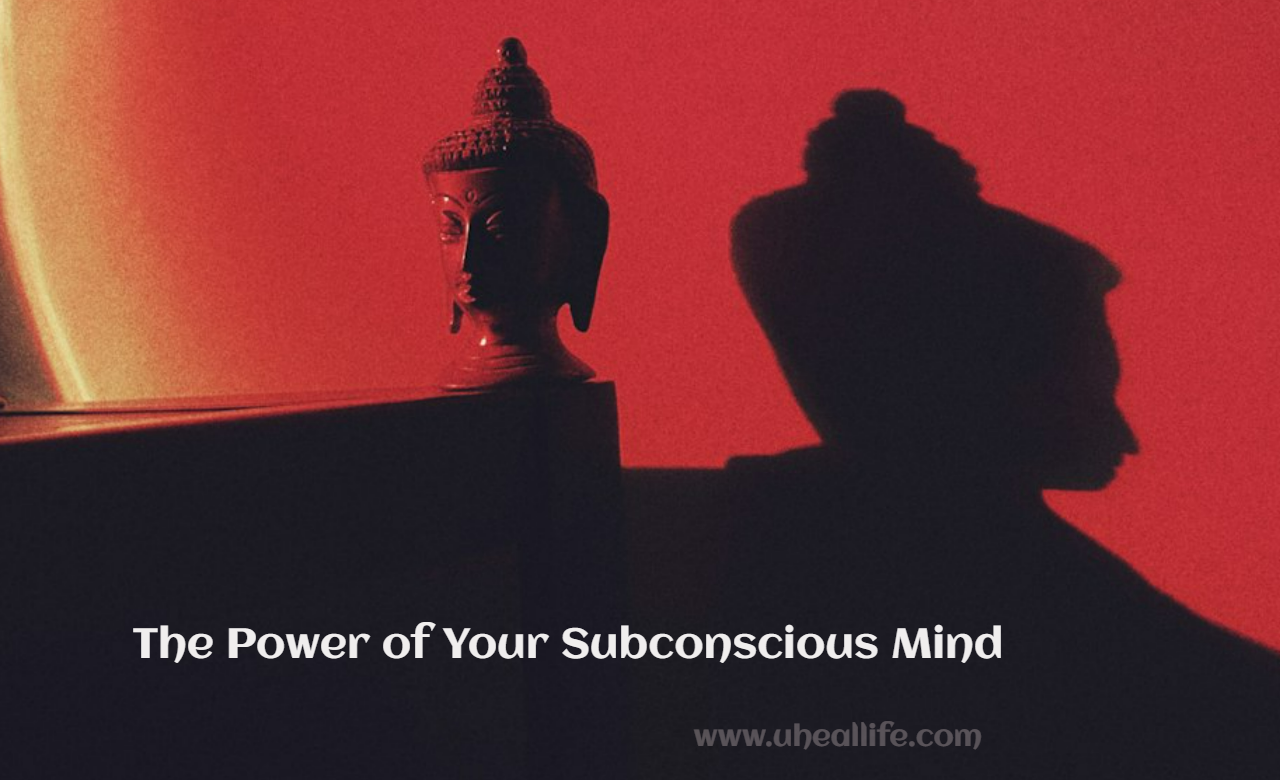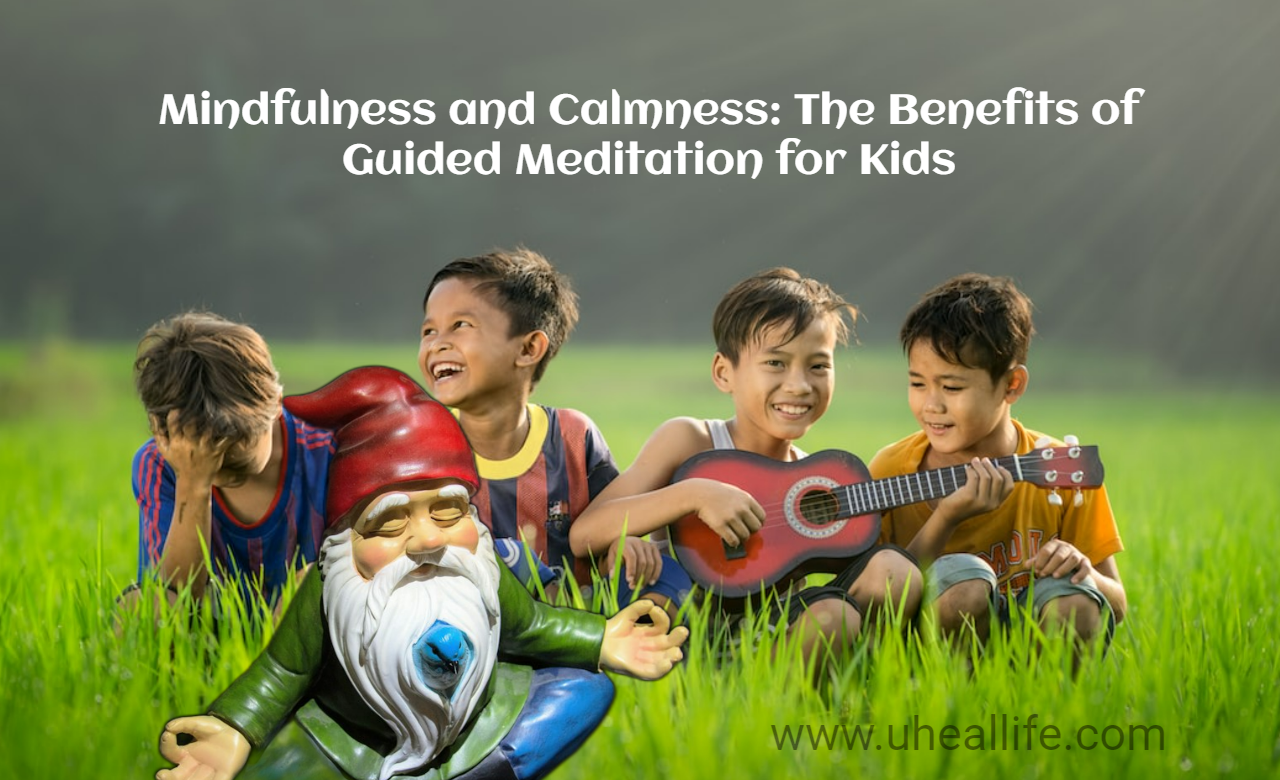Cruel World, Happy Mind: Finding Happiness in a Turbulent World
In a world that can often feel cold and unforgiving, it can be challenging to maintain a happy and positive mindset. The daily hustle and bustle, along with the countless struggles we face, can easily take a toll on our overall well-being. However, it is essential to remember that happiness is not solely determined by external circumstances. In fact, finding happiness amidst a cruel world is indeed possible. In this blog article, we will explore various strategies and perspectives that can help cultivate a happy mind despite the challenges we encounter.
- Acceptance and Mindfulness:
One powerful approach to maintaining a happy mind is through practicing acceptance and mindfulness. Accepting the realities of the world and acknowledging that it is not always fair or kind can help us let go of unrealistic expectations. Mindfulness, on the other hand, enables us to be fully present in the moment, appreciating the beauty and small joys that exist even amid turmoil. By cultivating acceptance and mindfulness, we can develop an inner peace that surpasses the cruelties of the world.
- Gratitude and Counting Blessings:
When life feels particularly harsh, focusing on gratitude can create a paradigm shift in our perception. Taking time each day to reflect on the things we are grateful for helps us recognize the positive aspects in our lives. Whether it is good health, supportive relationships, or simple pleasures, expressing gratitude allows us to reframe our mindset and acknowledge that happiness is often found in the smallest of moments.
- Unplug and Seek Solitude:
In an era dominated by technology and constant connectivity, it is crucial to unplug and disconnect from the world occasionally. Stepping away from the overwhelming noise and stimuli can provide us with the space and solitude necessary to recharge and reconnect with ourselves. Engaging in activities such as meditation, reading, or spending time in nature can bring solace and foster a sense of inner happiness away from the chaotic world.
- Cultivating Compassion and Kindness:
Although the world may seem cruel, we can counteract its negativity by actively practicing compassion and kindness towards ourselves and others. Acts of kindness, no matter how small, create a ripple effect that spreads positivity and joy. By extending empathy and understanding to others, we not only contribute to making the world a better place but also enhance our own happiness and well-being.
Conclusion:
In conclusion, finding happiness in a cruel world requires a shift in perspective and conscious effort. Despite the challenges we face, we have the power to nurture a happy mind. By practicing acceptance, gratitude, mindfulness, and compassion, we can rise above the hardships and cultivate an inner happiness that remains unaffected by external circumstances. Embrace the notion that in this cruel world, a happy mind can prevail, paving the way for a brighter and more fulfilling life.
